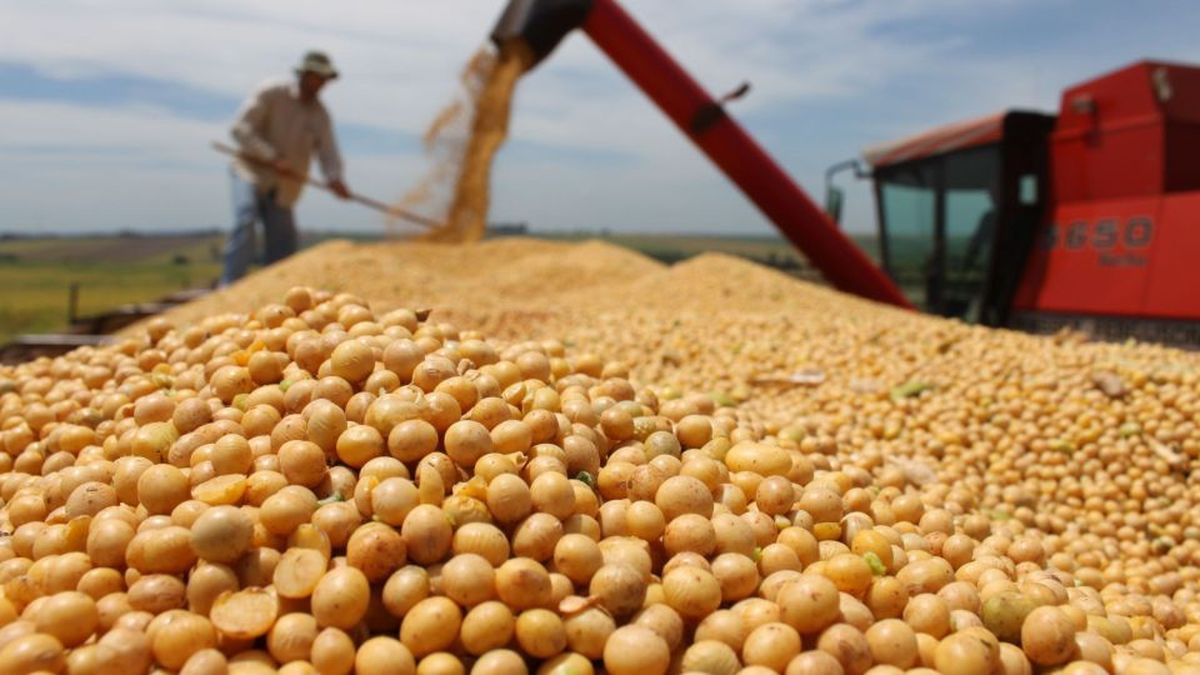Beyond the success of the measure and despite the request of other exporting productive sectors that also want a differential exchange rate, the truth is that the Government categorically affirms that the soybean dollar was something absolutely exceptional and that it was not even will extend beyond September. The mechanism was also born due to the strong delay shown by soybean sales and despite the fact that the liquidation of agriculture was sustained at high levels, a phenomenon that happened thanks to the high prices of grains.
Until last August, the agro-export companies liquidated a total of just over US$25,000 million in the year and it is expected, then, that more than US$5,000 million will be added in September. Meanwhile, according to the calculations of the Rosario Stock Exchange, taking into account other agro-export complexes such as corn, wheat, sunflower and sorghum, the liquidation throughout 2022 would exceed $41 billion, thus setting another record.
In this framework, this Thursday the Secretary of Agriculture, Juan José Bahillo, met with members of the Liaison Table with a focus on regional economies and small producers. It is that the Minister of Economy, Sergio Massa, when he announced the implementation of the differential dollar for soybean exports, mentioned that part of the money collected would be destined precisely for programs aimed at revitalizing agricultural sectors that today are going through complex situations in the face of escalation of their production costs and the difficulty of finding competitive markets to export.
The meeting scheduled for late Thursday was attended by the leaders of CRA, Coninagro and the Agrarian Federation. Nicolás Pino, president of the Argentine Rural Society was the only one who hit the foul. The leader directly announced that he would not attend the meeting to complain about the rise in financing rates for soy producers who keep more than 5% of their harvest.
Pino was categorical and detailed that the Central Bank Resolution adopted last week “is a measure that sounds extortive and discriminatory, harming the country’s agricultural producers. In addition to making credits more expensive, these days we see with great concern that commercial conditions are being altered in the purchase of machinery, supplies and work tools, also causing the economy in general to lose. The financial institution must act as a monetary authority and must reverse this resolution for the good of the whole society”.
From the Government they try to get out of the controversy and explain that the resolution precisely accompanies the exceptional exchange rate set for soybean producers in September and that the objective is precisely to speed up the liquidation in a campaign that showed a strong delay in sales .
Source: Ambito
David William is a talented author who has made a name for himself in the world of writing. He is a professional author who writes on a wide range of topics, from general interest to opinion news. David is currently working as a writer at 24 hours worlds where he brings his unique perspective and in-depth research to his articles, making them both informative and engaging.



